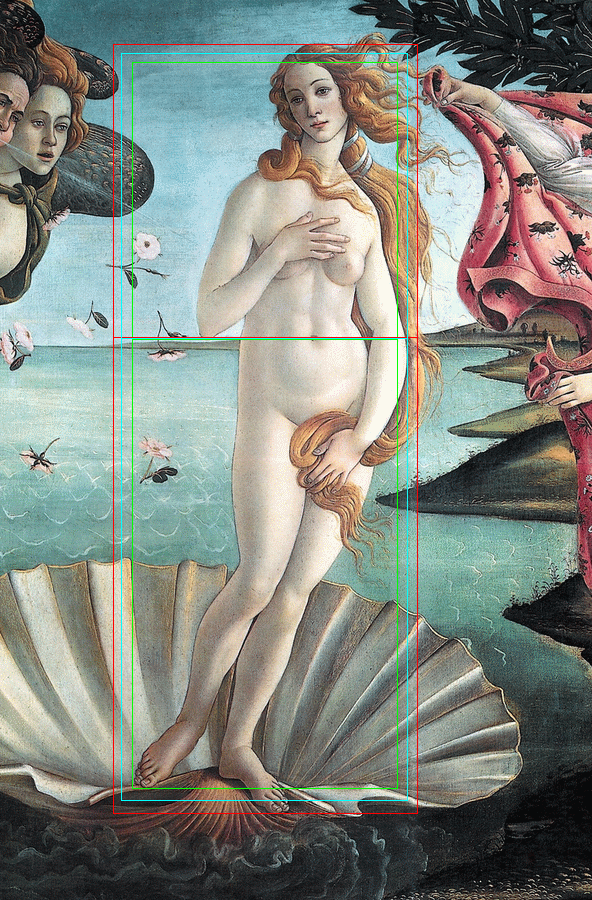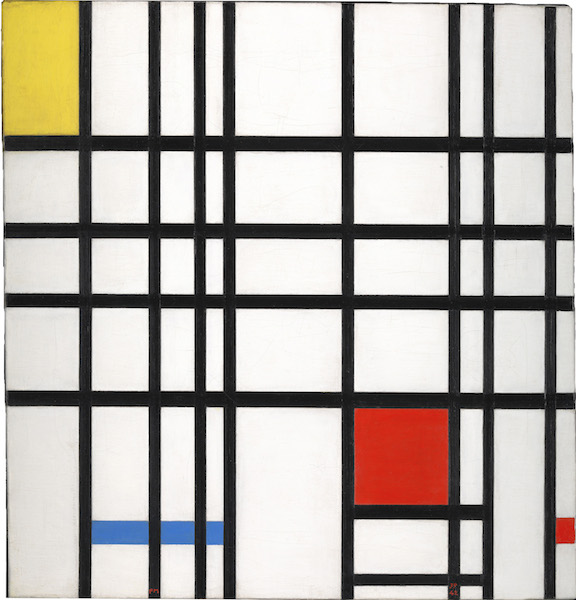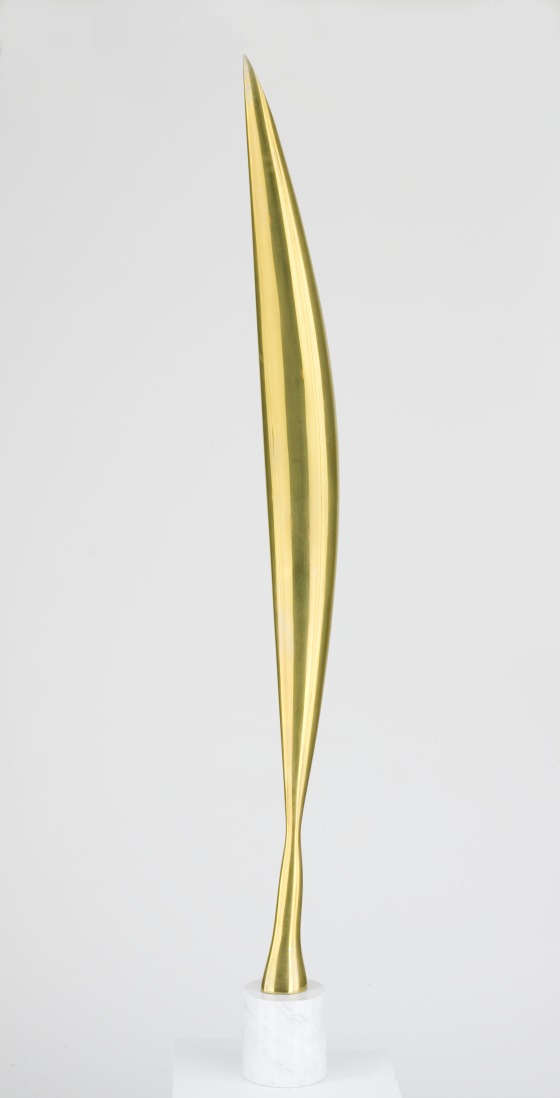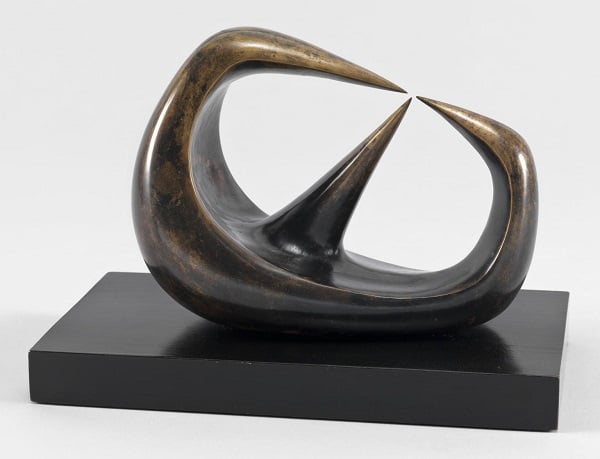Art World
See How Artists Discover Simplicity as an Art Form in Works Which Reflect the Golden Ratio
Why does this concept endure?
Why does this concept endure?
Lauren Palmer


Leonardo Da Vinci, The Last Supper (1494-99). Image: Wikipedia.
![]()
The art world has felt the influence of the Golden Ratio for centuries. Also known as the Golden Section or the Divine Proportion, this mathematical principle is an expression of the ratio of two sums whereby their ratio is equal to the larger of the two quantities.
During the Renaissance, painter and draftsman Leonardo Da Vinci used the proportions set forth by the Golden Ratio to construct his masterpieces. Sandro Botticelli, Michaelangelo, Georges Seurat, and others appear to have employed this technique in their artwork.
Gary Meisner on the Golden Number blog has mapped the geometric underpinnings of select paintings via software, which can be seen below:

Sandro Botticelli, The Birth of Venus (1483-85). Image: Wikipedia.

Image: Gary Meisner, thegoldennumber.net.

Michelangelo, The Creation of Adam (1508-12). Image: Wikipedia.

Image: Gary Meisner, thegoldennumber.net.
In the 19th century, artists Georges Seurat and Edward Burne-Jones organized their compositions with the help of geometry.
Seurat’s Post-Impressionist painting Bathers at Asinères (1884) can be broken down into three rectangles delimiting the fore-, middle-, and backgrounds, for example. And the arc of Burne-Jones’s staircase is the focal point of The Golden Stairs (1876-1880), around which the other elements are arranged.

Georges Seurat, Bathers at Asnières (1884). Image: Wikipedia.

Edward Burne-Jones, The Golden Stairs (1876-1880). Image: Wikipedia.
Though modernism drifts away from a strict use of the Golden Ratio, geometry figures heavily in many movements at this time. Clean lines and shapes in primary colors populate paintings and graphics, as evidenced by Constructivism, Suprematism, and De Stijl.

Kazimir Malevich, Suprematist Composition (1916). Image: Wikipedia.

Piet Mondrian, Composition with Yellow, Blue and Red (1937–42)
Courtesy: Tate Collection
Moving into three dimensions, geometry figured heavily in the twentieth century. Sculptors Constantin Brancusi, Barbara Hepworth, and Henry Moore work abstractly, yet with simple, spare lines and forms.

Constantin Brancusi, Bird in Space (1927). Image: LACMA/© Constantin Brancusi Estate/Artist Rights Society (ARS), New York/ADAGP, Paris.

Barbara Hepworth, Wave (1943-44). Image: © Bowness, Hepworth Estate/National Galleries Scotland.

Henry Moore, Three Points (1939-40). Image: © The Henry Moore Foundation/Tate.
Brazilian Neo-Concretism relies heavily on the simplicity of geometry: both Lygia Clark and Helio Oiticica’s work is a mass of angles and blocks of color.

Lygia Clark, Planos em superfície modulada no. 2, versão 01 (Planes in modulated surface no. 2, version 1) (c.1957). Image: WNYC/Eurides Lula Rodrigues Cardoso.

Helio Oiticica, Metaesquema (1958). Image: WikiArt.
Last but not least, artist Salvador Dali resurrects da Vinci’s “divine proportions” in his Surrealist homage The Sacrament of the Last Supper (1955), bringing us back to where we began.

Salvador Dali, The Sacrament of the Last Supper (1955). Image: WikiArt.